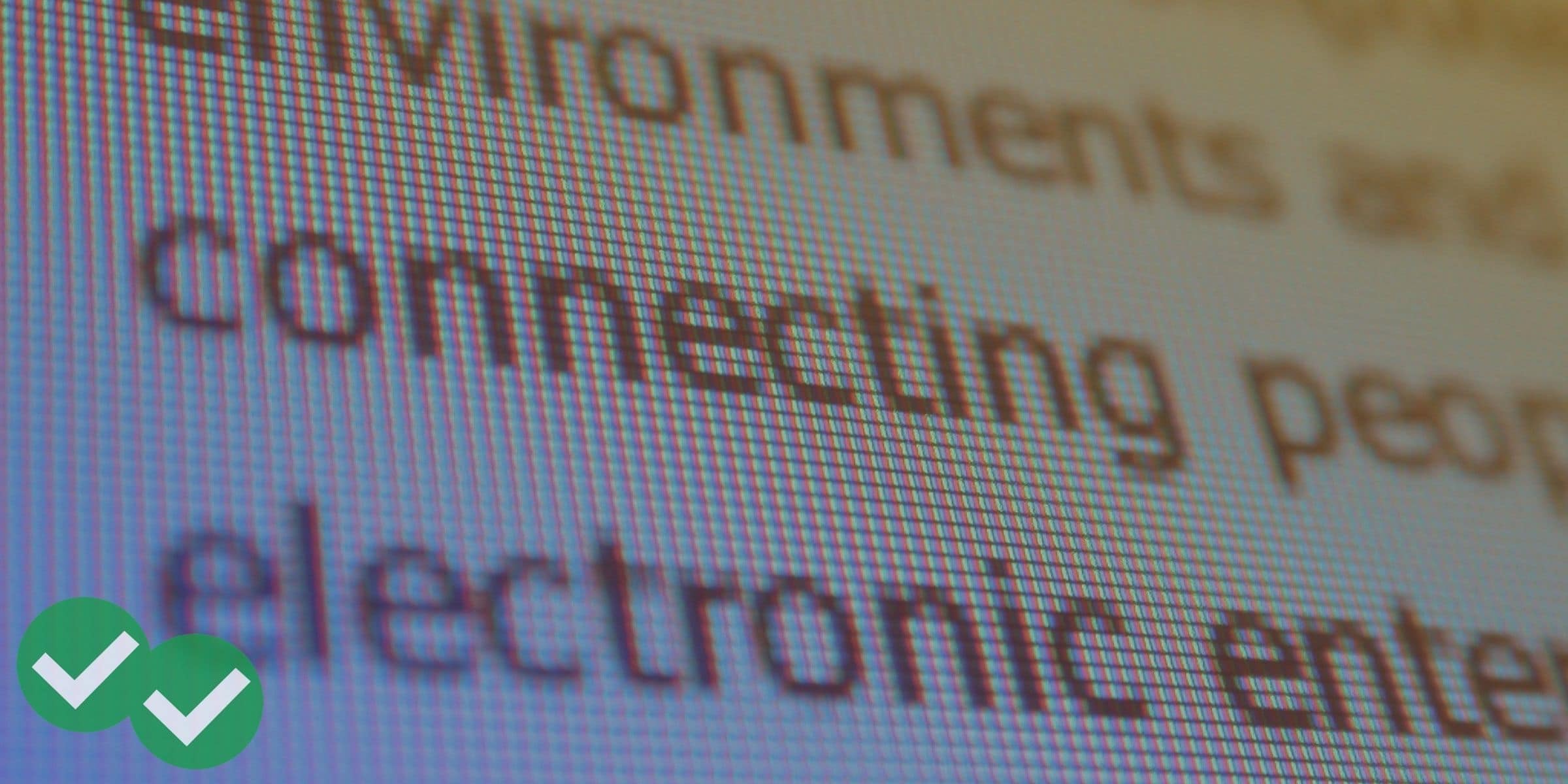This post is part of our TOEFL “How To” Series. You can find the other posts here:
Enjoy!
The TOEFL Reading section is in many ways the simplest section on the exam. The Listening, Speaking, and Writing sections have distinctly different kinds of tasks for the same skill. In contrast, TOEFL Reading tasks are all pretty much the same. In each task, you’ll be asked to read a passage that covers a typical first-year university academic subject. Then, you’ll answer a series of multiple choice questions where you must choose one correct choice. Finally, you’ll do a sentence insertion exercise and a task that involves organizing or charting the ideas you’ve read.
Because reading exercises in the TOEFL are all so similar, there are a number of things you can do to improve your TOEFL Reading in all subsections of the Reading Section.
General Skills
- Build vocabulary. Written English uses a wider range of words than spoken English. Seek out and learn new words as much as you can.
- Know synonyms and understand their role in paraphrasing. As Lucas mentions, synonyms are very important in TOEFL Reading. Many of the questions and answer choices will paraphrase ideas from the text, shortening and re-wording them. Changes in wording can sometimes also change meaning. Be able to recognize accurate paraphrases and synonyms, as well as false paraphrases that change the original meaning of what you’ve read.
- Read attentively. This may sound silly. How can you read something if you’re not paying attention to it? Well, it is possible, especially if you find yourself reading and studying a lot. I remember many times in my own university years when I spent an hour or so reading a text, only to realize I didn’t remember or understand what I’d read. As you read, actively note of the main ideas. Identify any parts of the reading you don’t fully understand and look for clarification. If you are having trouble focusing on what you read, refocus or take a break if need be.
- Read critically. TOEFL Reading asks you to go beyond simply understanding what you read. As you read, be able to make inferences, understand how ideas connect, and recognize the author’s intent and purpose.
Test-specific skills
- Know your TOEFL Reading question types, and how to answer them. As Kate explains, there are three broad categories of questions in TOEFL Reading: basic information questions, inference questions, and reading-to-learn questions. Basic information questions ask you to understand vocabulary in context, identify correct paraphrasing, comprehend small details in a reading, and understand references made by pronouns and demonstratives. Inference questions ask you to infer unstated information in the reading and also understand the author’s purpose. Reading-to-learn questions require the most active involvement from the test-taker. Here, you’ll need to categorize ideas from the reading, organize a summary of what you’ve read, and insert additional sentences into the passage.
- Know what kinds of readings will be on the test. TOEFL Reading passages cover many types (but not all types) of readings common in first-year university classrooms. You are unlikely to find highly mathematical topics. And all topics are introductory readings, designed to newly introduce someone to an academic subject.
Practice activities:
- Read! The best way to get better at reading a language is to read a lot. Lucas recommends some good TOEFL and non-TOEFL reading material that will help you build your skills for the Reading Section.
- As you read, make sure you are both comprehending the words and understanding the inferences. There are a number of ways to do this.
- You should also practice your reading-to-learn skills while you read. Add sentences to things you read, chart and categorize key ideas from your readings, and create summaries.






Leave a Reply